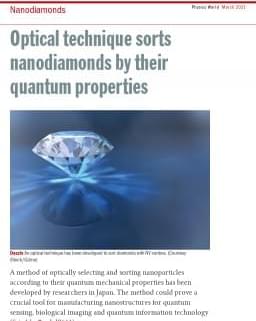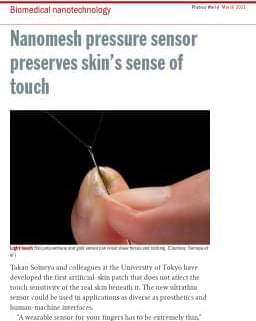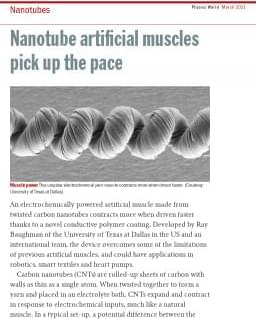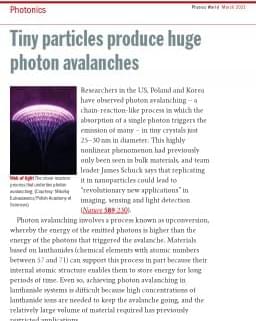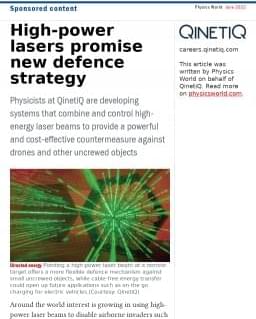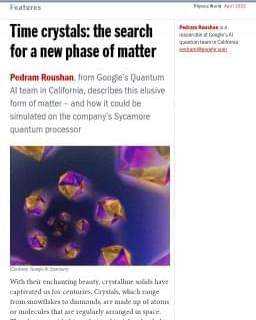Jun 28, 2022
Diamond nanothreads could beat batteries for energy storage
Posted by Dan Breeden in categories: chemistry, computing, nanotechnology
Next big thing Haifei Zhan and colleagues reckon that carbon nanothreads have a future in energy storage. (Courtesy: Queensland University of Technology) Computational and theoretical studies of diamond-like carbon nanothreads suggest that…
Computational and theoretical studies of diamond-like carbon nanothreads suggest that they could provide an alternative to batteries by storing energy in a strained mechanical system. The team behind the research says that nanothread devices could power electronics and help with the shift towards renewable sources of energy.
The traditional go-to device for energy storage is the electrochemical battery, which predates even the widespread use of electricity. Despite centuries of technological progress and near ubiquitous use, batteries remain prone to the same inefficiencies and hazards as any device based on chemical reactions – sluggish reactions in the cold, the danger of explosion in the heat and the risk of toxic chemical leakages.
Continue reading “Diamond nanothreads could beat batteries for energy storage” »

